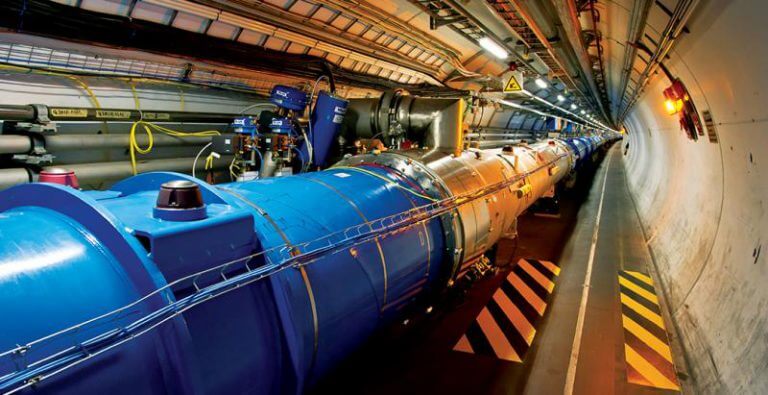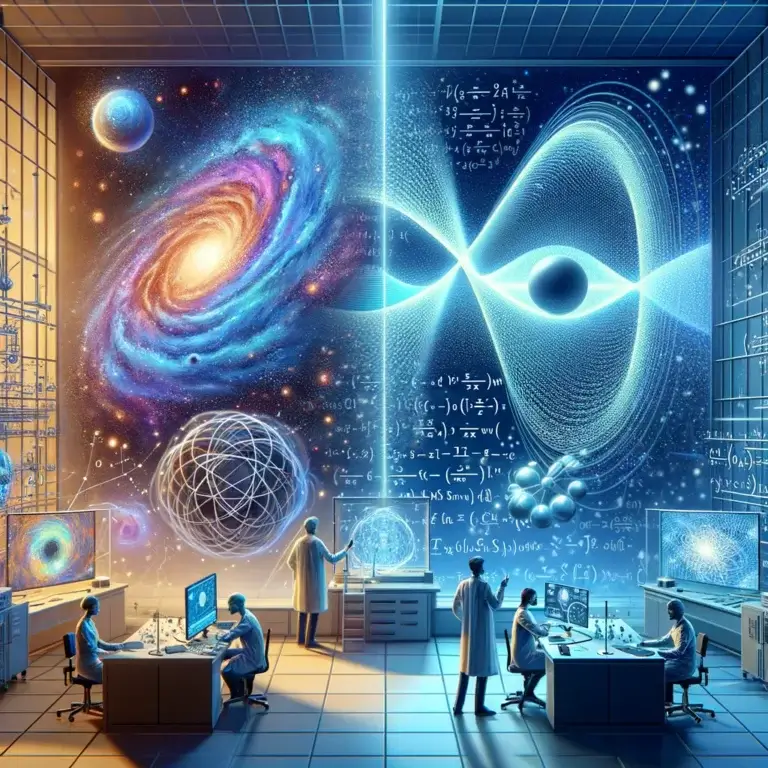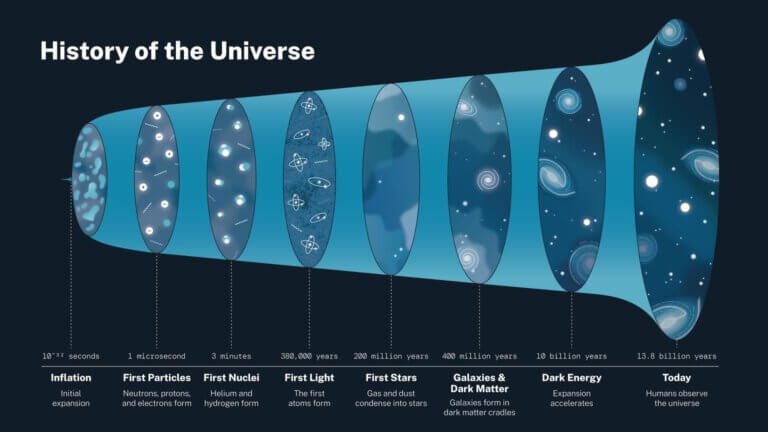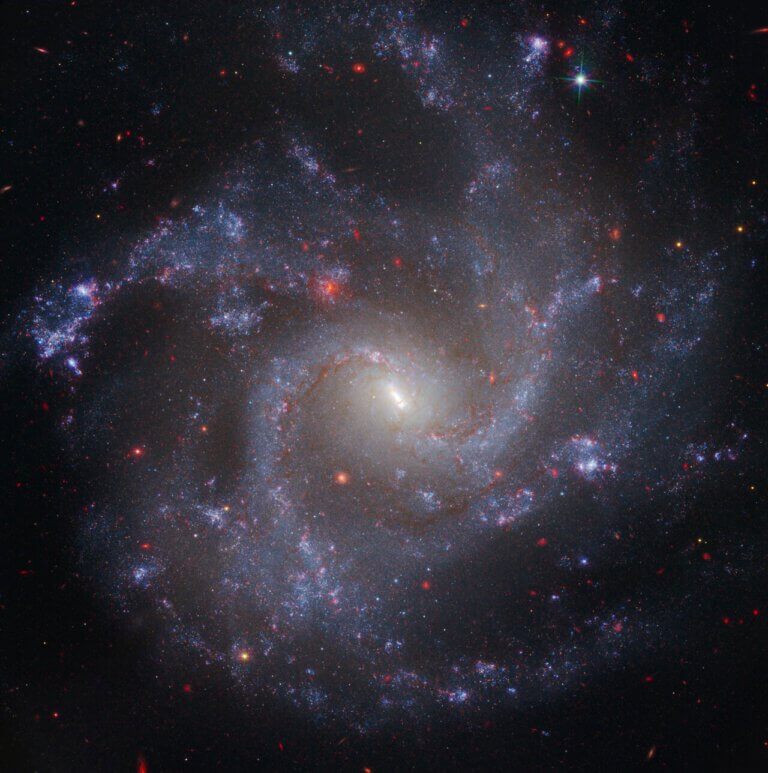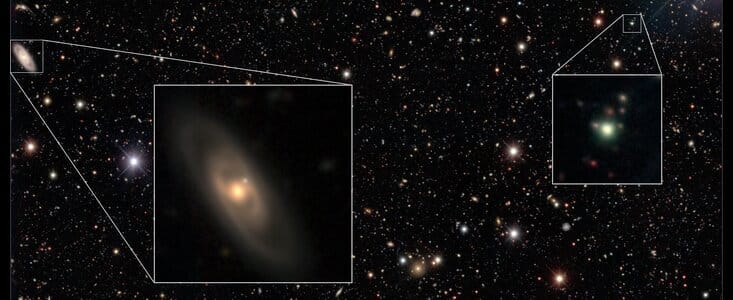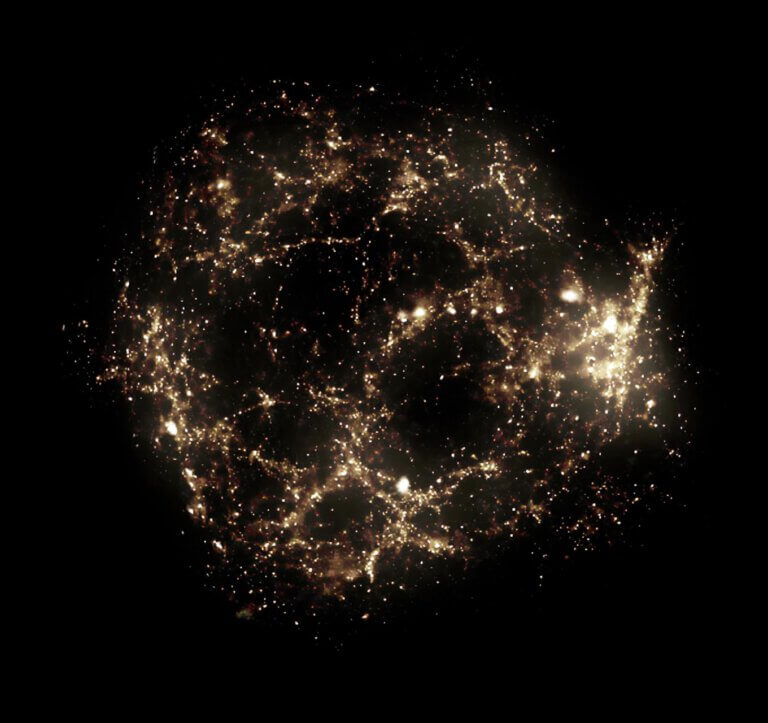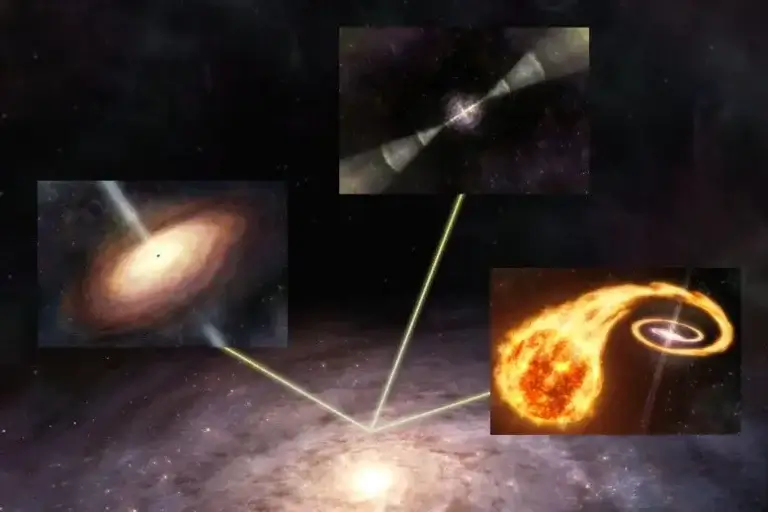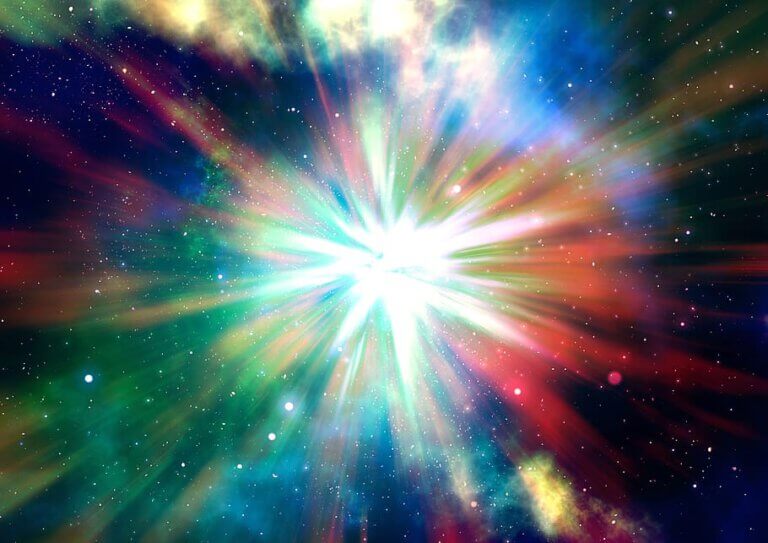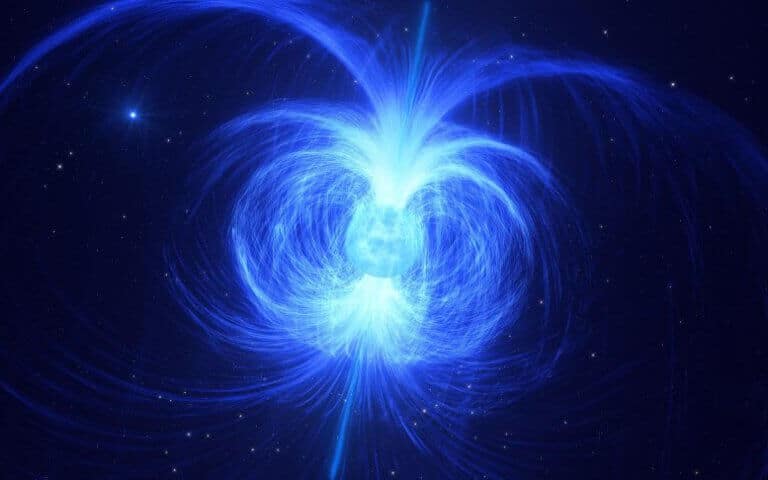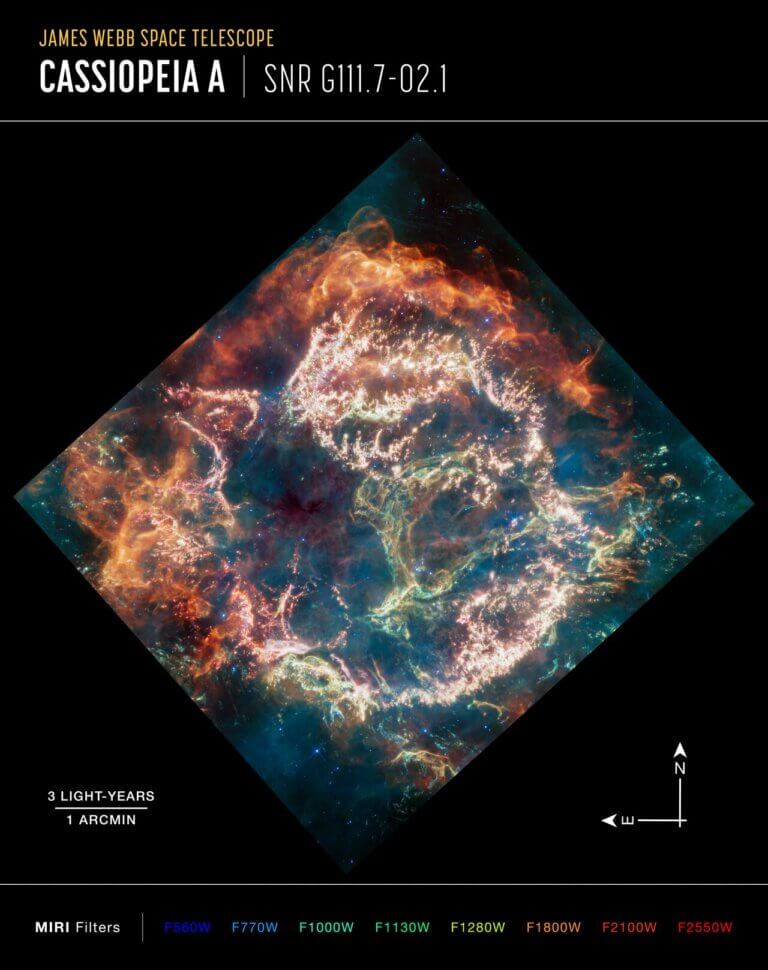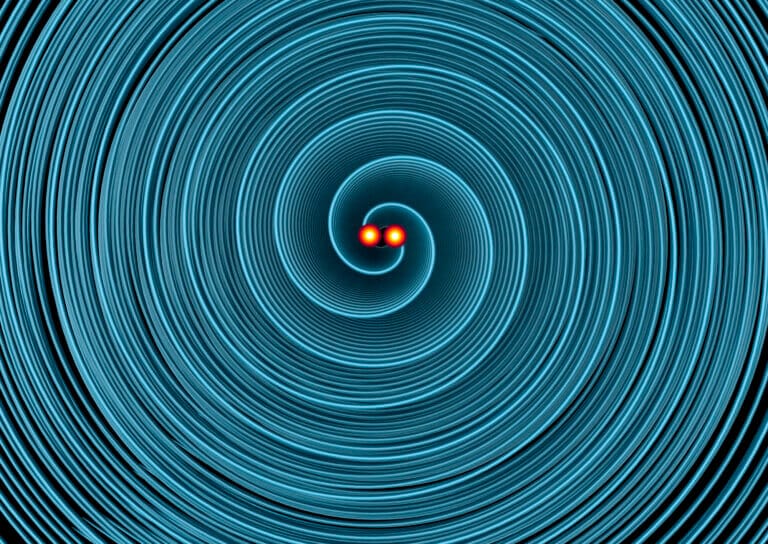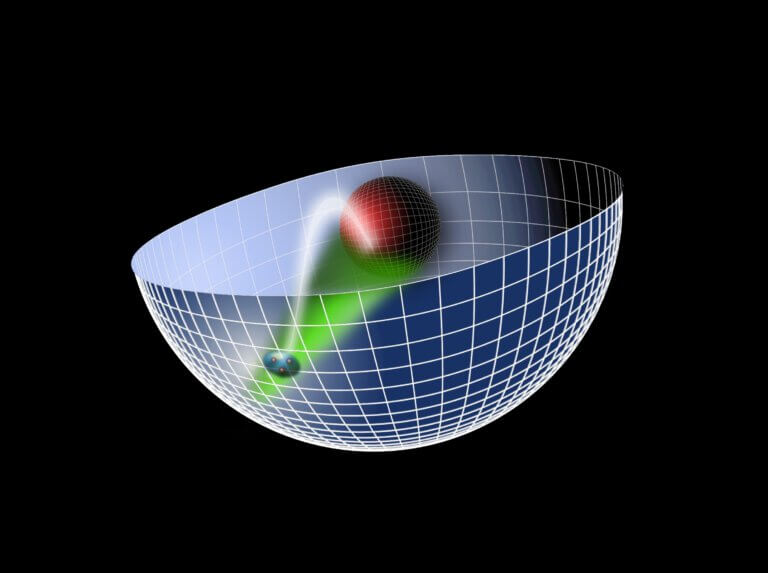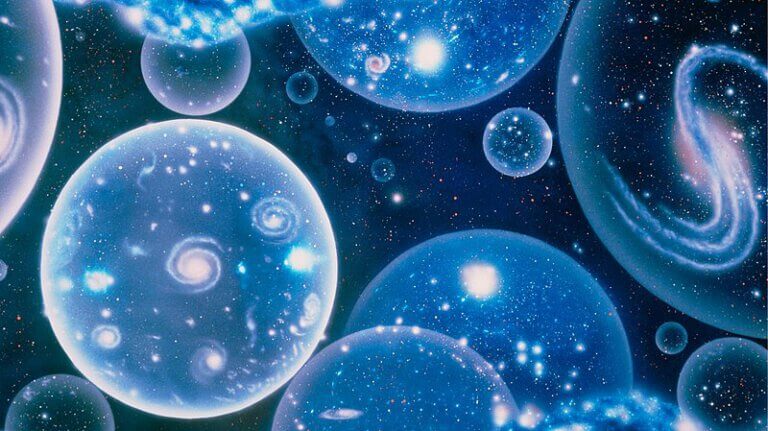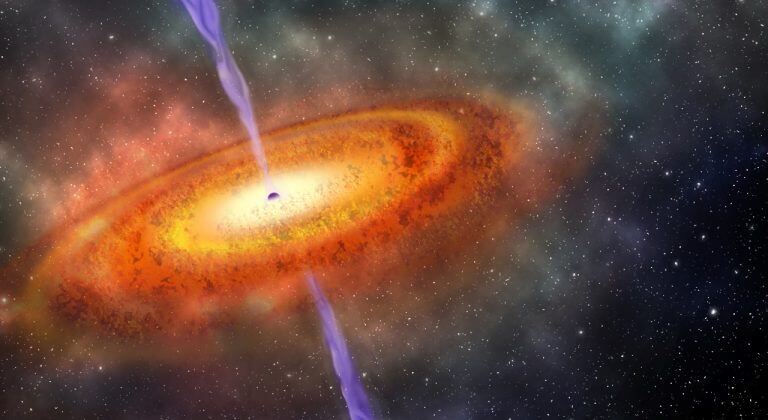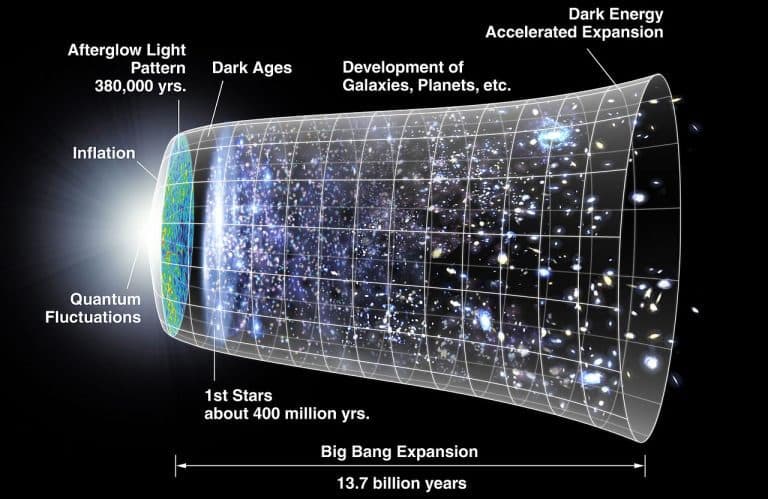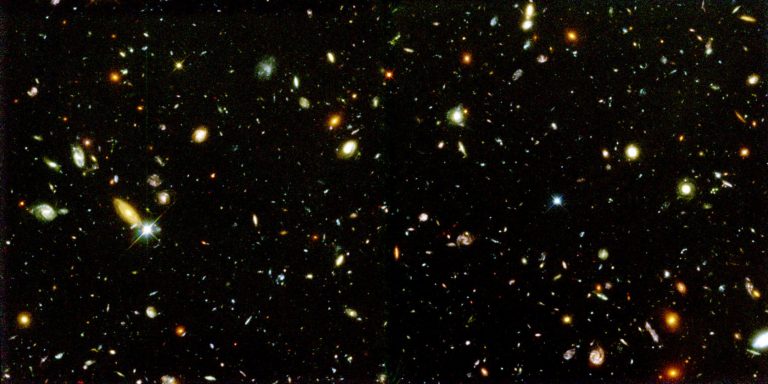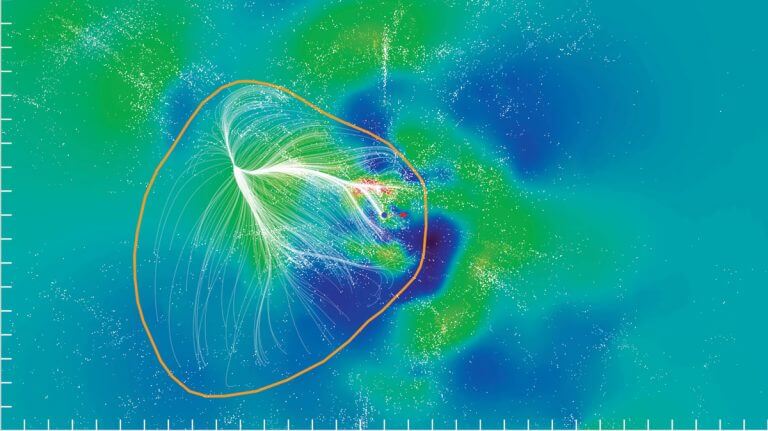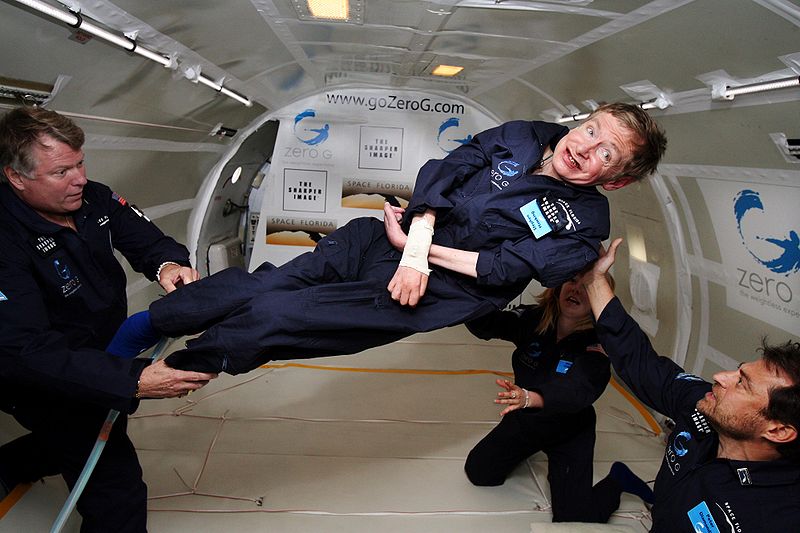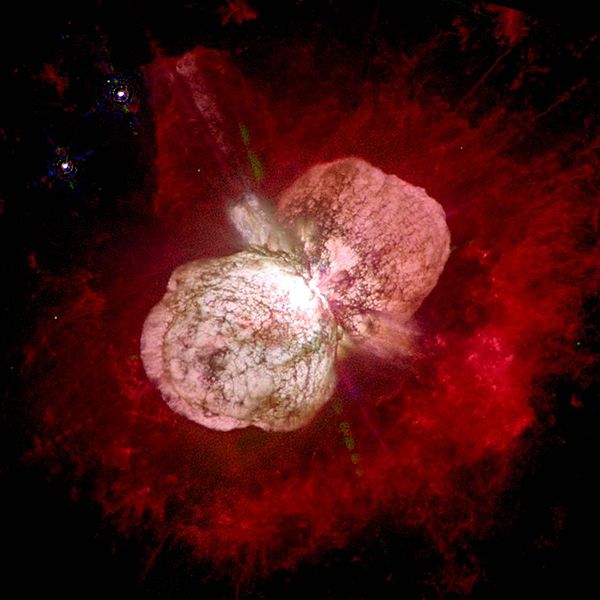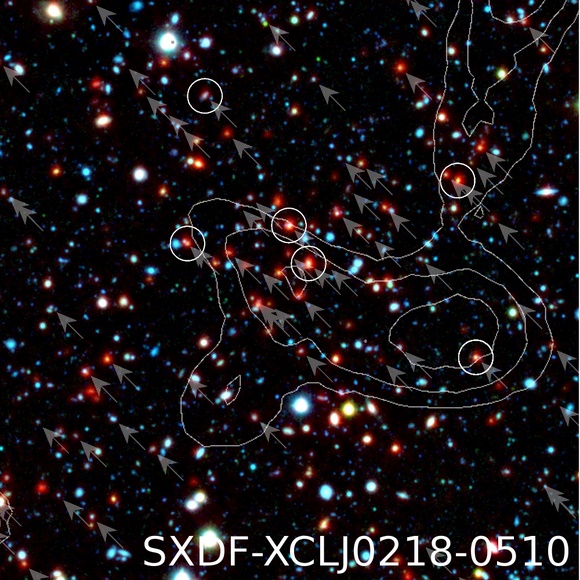Hayadan > Cosmology
Cosmology
- The Voice of Science website - the Israel National Science Foundation
- April 15, 2024
Researchers have built a model according to which the mass of the Higgs boson, which helps produce the mass of elementary particles, changed in the early universe, and is therefore much smaller than the standard model of particle physics describes
- Avi Blizovsky
- March 25, 2024
- 3 תגובות
A research partnership between theoretical physicists and computational physicists at the University of Virginia that may offer new insight into the possibility of a theory of everything or, at the very least, a better understanding of gravity, one of the fundamental forces of the universe
- Avi Blizovsky
- March 17, 2024
- 13 תגובות
This is according to the Dark Energy Survey Partnership, of which University College London is a founding member, hosts the Fermi National Accelerator Laboratory in the United States and includes more than 400 scientists from 25 institutions in 7 countries
- Avi Blizovsky
- March 12, 2024
- 8 תגובות
Webb's measurements provide new light on a decade-long mystery known as the Hubble voltage - the differences in the age of the universe between the Hubble observations and past observations that remain unexplained * Prof. Adam Ries, winner of the Nobel Prize in Physics for the discovery of dark energy heads the project
- Avi Blizovsky
- January 13, 2024
- 40 תגובות
Among the observations of about two million distant galaxies, the researchers found several thousand supernovae, and this is the largest and deepest sample of supernovae ever obtained with a single telescope. The scientists then used advanced machine learning techniques to help classify the supernovae
- Avi Blizovsky
- December 25, 2023
- 2 תגובות
Astrophysicists have discovered why spiral galaxies like our Milky Way are rare in the supergalactic plane, a dense region of our local universe
- Avi Blizovsky
- December 23, 2023
- 4 תגובות
The "mourning tension" in cosmology has recently raised questions about the standard cosmological model
- Avi Blizovsky
- October 26, 2023
- 20 תגובות
New research has improved the accuracy of the parameters that control the expansion of the universe. More precise parameters will help astronomers determine how the universe grew to its current state, and how it will evolve in the future.
- Noam Chai
- September 15, 2023
- 25 תגובות
A special article in honor of Hebrew new year summarizing the creation of the world through the lens of science
- Avi Blizovsky
- August 20, 2023
- 7 תגובות
Astronomers at the European Southern Observatory discovered that the star HD 45166 is a neutron star about to become a megastar
- Avi Blizovsky
- April 12, 2023
- 4 תגובות
Webb recorded what remained after the death of a star only 11 thousand light years away from us. It is a relatively new supernova - only 350 years old
- The Voice of Science website - the Israel National Science Foundation
- March 24, 2023
Gravitational wave analysis hints at the way black hole pairs are formed
- Noam Chai
- July 21, 2022
- 24 תגובות
Physicist Hikida from the University of Tokyo and his colleagues developed the dual model for Einstein's theory of gravity in three-dimensional de Sitter space. This is a significant step towards a model that will faithfully describe nature, i.e. the physics of quantum gravity under an expanding universe with a positive cosmological constant.
- Noam Chai
- May 8, 2022
- 16 תגובות
Following the new Marvel movie "Doctor Strange in the Dimensions of Madness" which takes place in the Multiverse, I decided to break down in a short article the meaning of parallel universes and the reasons to believe in their existence. In my opinion, science surpasses any imagination, including Marvel's imagination.
- Elisef Kosman
- December 7, 2017
- 319 תגובות
- Scientific American Israel
- November 3, 2017
- 6 תגובות
- Scientific American Israel
- October 26, 2017
- 119 תגובות
- Scientific American Israel
- July 3, 2017
- 173 תגובות
- Scientific American Israel
- January 7, 2017
- 6 תגובות
- Scientific American Israel
- February 16, 2011
- 51 תגובות
- Scientific American Israel
- December 8, 2010
- 11 תגובות
- Universe Today
- June 10, 2010
- 11 תגובות
- The science service
- June 1, 2010
- 61 תגובות
- The science service
- October 26, 2009
- Scientific American Israel
- September 5, 2009
- 107 תגובות

